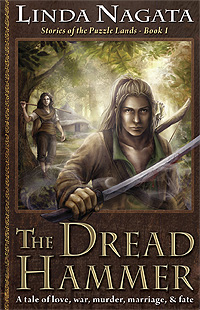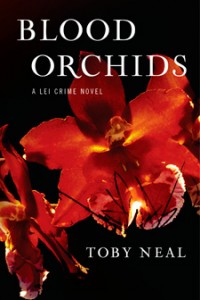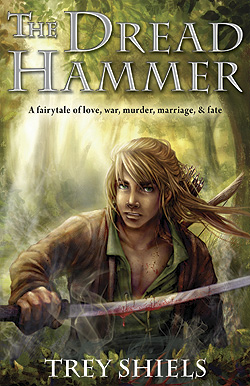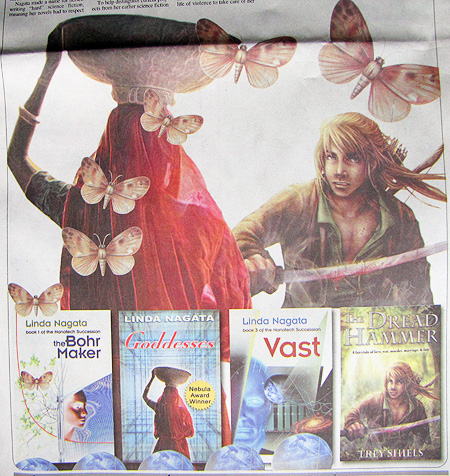Not too long ago, a friend who has had some impressive success as an indie writer on Amazon sent me a link to a blog post titled “Why No One Is Buying Your Book And What To Do About It†by Jeff Bennington.
After taking a few seconds to indulge in a dark scowl, I set my ego aside and read the post.
Jeff summarizes the problem like this:
I don’t mean to be cruel, but I have to be honest.
No one has ever heard of you.
Readers do not know you exist.
Well … duh?
I read through the post and my initial reaction was that it was just another superficial attempt to unravel why some books and authors take off in popularity and others don’t. There wasn’t any real meat to it — but the author freely admits he doesn’t have the magic formula, which I admire. Formulas are frequently offered in the indie publishing world, but just because a “formula†worked once doesn’t mean it will work again.
In talking about how writers can get themselves and their work noticed, Jeff uses a circus metaphor:
You have to go into the big world, put on a pair of stilts, and start shouting “Hey, everyone, look over here! I write suspense novels with jaw-dropping twists. Anyone interested?â€
He finishes with the mental image of authors in clown suits splashing around in a vast “ocean of e-books.â€
Not being in the best of moods, my first reaction was, Well, there’s another five minutes of my life I’ll never get back.
And yet … I kept thinking about that clown metaphor.
Most of the time, I’m a fairly reserved person. I like to do things for myself, and I don’t like to ask for favors — which makes promoting books problematical. Many writers tend to be introverts, and it’s always seemed grossly unfair that, in this modern day, we’re expected – even required – to go out into the world and push our books. Traditional writers have no advantage here: publishers have long been demanding that they have the elusive “author platform” too. But of course the world is what it is and “fair†isn’t part of the equation.
So I stewed over what Jeff had to say and gradually, the metaphor contained in his post transmuted in my head to the code phrase “clown shoes.†Never mind that Jeff doesn’t actually mention clown shoes anywhere in his post. My take-away from what he says is that despite our personal reserve, we have to find a way of getting the eyeballs of potential readers looking at us and our work. The code phrase is my way of keeping this in mind.
Here’s how it works:
Suppose that I hear of a method of book promotion that’s worked well for some writers. My customary response would likely be to think, Oh, I don’t know. I’d be pretty uncomfortable asking people to help out with that. And worse, what if nobody paid any attention to me?†Now, I’ve started consciously interrupting these negative thoughts with the code phrase, “Clown shoes!â€
Meaning, for me, take some chances and don’t be afraid to fall on your face.
It’s “clown shoes!†for me when I ask you (the world at large) to help me out by contributing an Amazon review for one of my books in the hope that a multitude of reviews will enhance sales.
And it’s “clown shoes!†again when I write a blog post like this one, discussing the insecurities and emotional conflicts bubbling up behind the indie publishing experience.
But “try new stuff†is the ongoing mantra, and the code phrase “clown shoes!†helps me remember that.
The strangest part of all this is that, like most introverts, I don’t even like clowns.
Oh well.








 At any rate, I’m trying to be methodical, dealing first with The Dread Hammer’s checklist:
At any rate, I’m trying to be methodical, dealing first with The Dread Hammer’s checklist:  Hawaii is big on regional books. Books about Hawaii are generally stocked at bookstores and convenience stores, and they’re given a big section on the book tables at Costco. I was never able to take advantage of this because — despite that I am a Hawaii author — my books aren’t about Hawaii, and besides they’re that weird science fiction and fantasy stuff…
Hawaii is big on regional books. Books about Hawaii are generally stocked at bookstores and convenience stores, and they’re given a big section on the book tables at Costco. I was never able to take advantage of this because — despite that I am a Hawaii author — my books aren’t about Hawaii, and besides they’re that weird science fiction and fantasy stuff…  It was one year ago, October 2010, when I started “indie publishing,†determined to get my backlist out into the world again, and hopefully make a little income on the side to support my writing habit.
It was one year ago, October 2010, when I started “indie publishing,†determined to get my backlist out into the world again, and hopefully make a little income on the side to support my writing habit.  Ebook Edition:
Ebook Edition:
